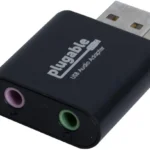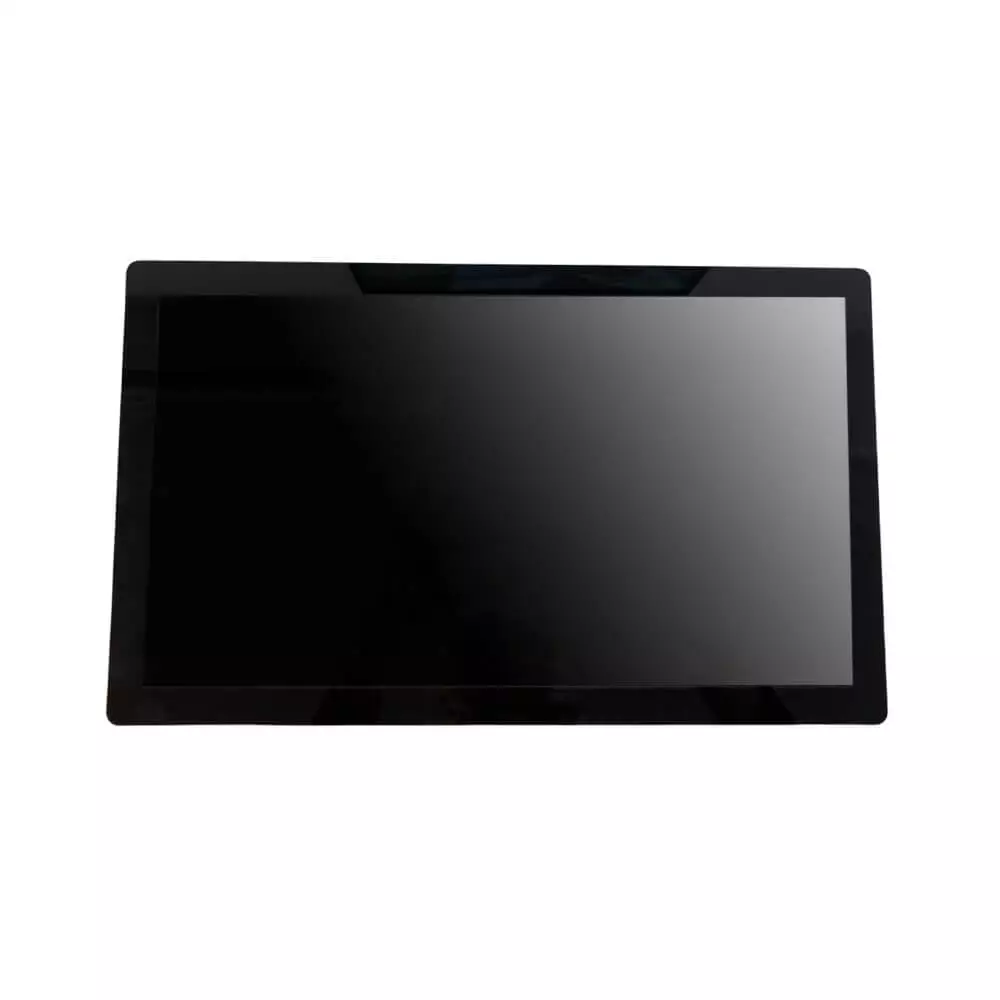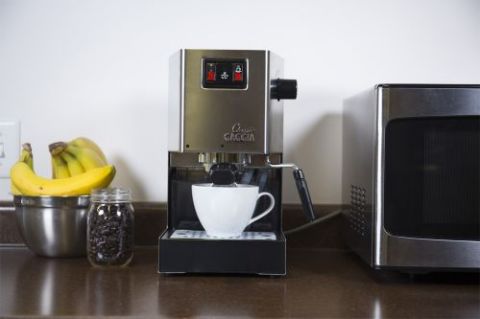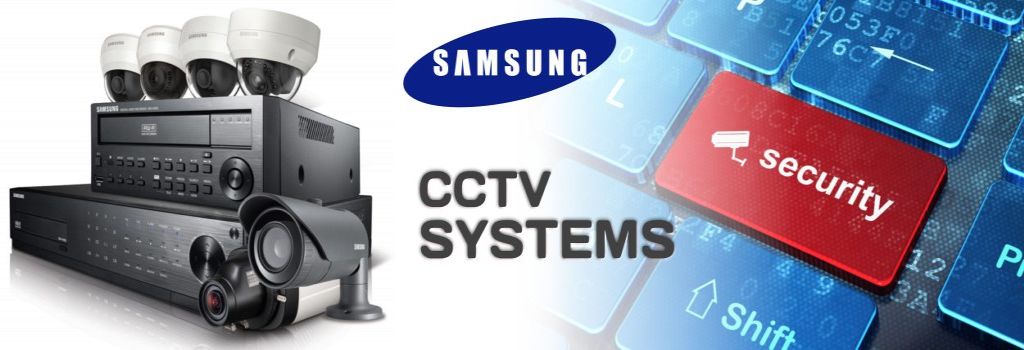No, not all wireless mice use Bluetooth. While some connect using Bluetooth, others use an alternative method called 2.4GHz wireless technology, which involves a USB receiver (dongle) plugged into the device. The choice between these two wireless technologies can depend on various factors, including compatibility with your device, battery life, and performance. This guide explores the key differences between Bluetooth and 2.4GHz wireless mice, helping you choose the best option for your needs.
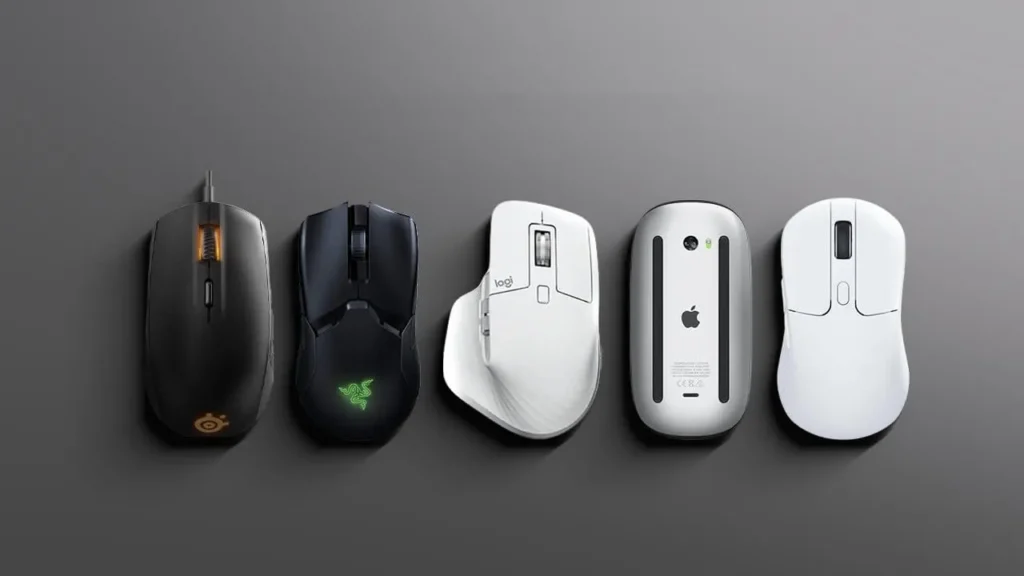
Content
The Basics of Wireless Mouse Technology
As wireless devices continue to improve, wireless mouse technology has become more advanced, offering a range of connectivity options. The two primary types of wireless mice on the market are:
- Bluetooth Wireless Mouse: This type of mouse pairs directly with devices that have built-in Bluetooth capabilities. No additional USB ports are required, making it a great option for portable devices such as laptops and tablets.
- 2.4GHz Wireless Mouse: This option relies on a USB receiver (dongle) to establish a wireless connection. The dongle uses 2.4GHz radio frequency technology, offering a fast and stable connection ideal for users who prioritize speed and precision, such as gamers or professionals in need of quick responses.
Differences Between Bluetooth and 2.4GHz Wireless Mice
Not all wireless mice are created equal. Here’s how Bluetooth and 2.4GHz wireless mice compare:
| Feature | Bluetooth Mouse | 2.4GHz Wireless Mouse |
| Connection Method | Pairs directly with Bluetooth-enabled devices | Requires a USB dongle for connection |
| Port Requirement | No USB port needed | Occupies one USB port |
| Battery Life | Longer, due to lower power usage | Shorter, consumes more battery power |
| Response Time | Slower (due to potential lag) | Faster, with minimal latency |
| Ideal Use Case | Casual use, portability | Gaming, office work requiring precision |
Both types of wireless mice have unique advantages. Bluetooth mice are known for their convenience and portability, whereas 2.4GHz wireless mice are often preferred for tasks that demand quick responses, such as gaming or video editing.
How to Choose Between Bluetooth and 2.4GHz Wireless Mice
When deciding between a Bluetooth and 2.4GHz wireless mouse, consider your specific needs:
- Portability: If you’re frequently on the go, a Bluetooth wireless mouse may be the best option, as it doesn’t require a dongle and pairs easily with most laptops or tablets.
- Performance: For tasks that require faster response times, such as gaming or graphic design, a 2.4GHz wireless mouse offers more reliable and rapid connectivity.
| Criteria | Bluetooth Wireless Mouse | 2.4GHz Wireless Mouse |
| Portability | Excellent for portable devices | Good, but requires a USB port |
| Gaming and Fast Response | Not recommended due to potential lag | Ideal for fast-paced activities like gaming |
| Battery Efficiency | Generally more power-efficient | Shorter battery life, frequent charging needed |
| Device Compatibility | Works with any device that supports Bluetooth | Works with any device that has a USB port |
When considering battery life, Bluetooth wireless mice tend to offer greater efficiency since Bluetooth consumes less power compared to 2.4GHz wireless technology.
How to Connect a Wireless Mouse Without Bluetooth
If your laptop or desktop does not support Bluetooth, you can still use a 2.4GHz wireless mouse. Here’s how to get started:
- Plug the USB receiver into an available USB port on your computer.
- Turn on your wireless mouse. This typically involves a power switch located on the underside of the device.
- The mouse should connect automatically. If it does not, you may need to press a “connect” button on the mouse or refer to the manufacturer’s pairing instructions.
Troubleshooting Tips
If you’re having trouble connecting your 2.4GHz wireless mouse, try these solutions:
- Switch USB ports: Sometimes, the USB receiver might not be recognized by your device due to port issues. Try another USB port.
- Check the batteries: If your wireless mouse uses batteries, make sure they are charged or new.
- Update drivers: Ensure your device has the latest drivers for wireless accessories installed.
Best Wireless Mice for Non-Bluetooth Laptops
For users whose laptops do not support Bluetooth, there are plenty of excellent 2.4GHz wireless mouse options available. Below are a few popular choices:
- Logitech M510 Wireless Mouse: Known for its ergonomic design, this mouse offers excellent performance with a USB receiver and is compatible with most computers.
- Microsoft Wireless Mobile Mouse 3500: Compact and reliable, this mouse is a favorite for those needing a quick and easy setup with a USB dongle.
These models offer excellent connectivity and are suitable for users looking for fast response times, portability, and comfort during extended use.
Conclusion: Making the Right Choice for Your Needs
When deciding between a Bluetooth wireless mouse and a 2.4GHz wireless mouse, it’s important to consider your specific requirements, such as portability, response time, and device compatibility. While Bluetooth offers ease of use and portability, 2.4GHz wireless mice provide better performance for tasks that require precision, such as gaming or office work.
Ultimately, the right choice depends on how you plan to use the mouse and what features are most important to you. Whether you opt for a Bluetooth or 2.4GHz model, both technologies have their own strengths and can enhance your computing experience significantly.

I’m Kelly Hood! I blog about tech, how to use it, and what you should know. I love spending time with my family and sharing stories of the day with them.

